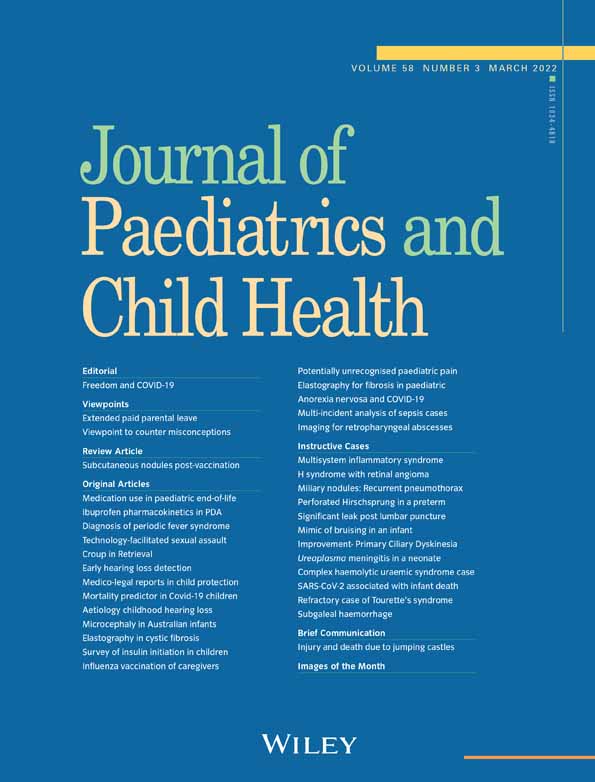Magnetic resonance imaging accuracy before surgery in children with retropharyngeal abscesses
Conflict of interest: None declared.
Abstract
Aims
Retropharyngeal abscess (RPA) is a deep neck infection occurring in childhood. The gold standard technique for diagnosis is computerised tomography (CT) with a contrast medium. The aim of this study is to answer the question of whether magnetic resonance imaging (MRI) can be an alternative in diagnosing RPA and predicting pus drainage at surgery.
Methods
This is a retrospective study conducted at the paediatric emergency department of a tertiary level children hospital. The medical records of 31 children admitted to the Otorhinolaryngology and Paediatric ward, with a suspected diagnosis of RPA, were reviewed. The primary study outcome was the diagnostic accuracy of CT and MRI in predicting the amount of pus during surgery.
Results
Twenty-two patients (71%) underwent surgery. Among them, 18 had imaging before surgery. Eleven patients evaluated with CT scan underwent surgery: four had non-significant purulent drainage, three of them were reported to have a significant fluid collection (negative predictive value 66% and positive predictive value of 55%). Nine patients evaluated with MRI underwent surgery: four cases had non-significant purulent drainage, three of them showed a significant fluid collection at MRI (negative predictive value of 60%; positive predictive value of 56%).
Conclusion
MRI and CT scans showed similar accuracy in predicting successful pus drainage during surgery; therefore, it could be a valid alternative in the diagnosis of RPA in children.




